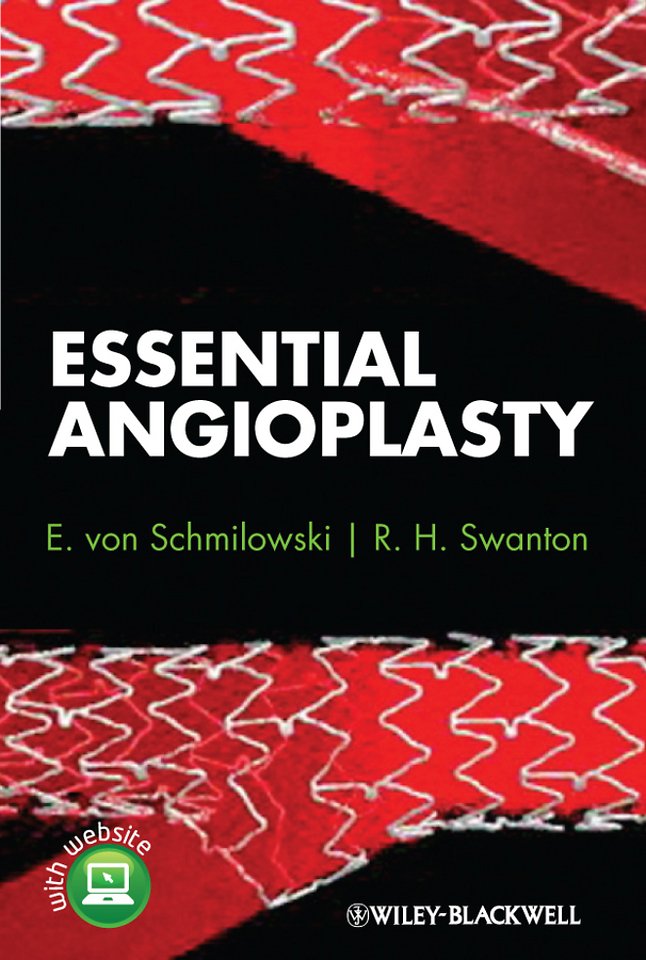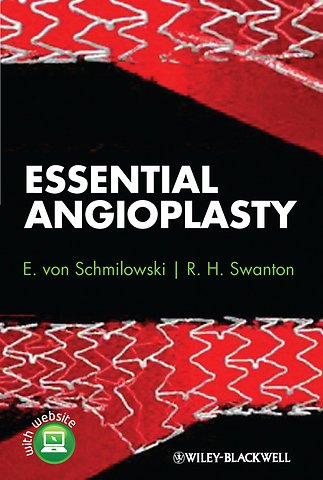Essential Angioplasty
Samenvatting
A vast choice of techniques and technology confronts today′s interventional cardiologists, and those who are new to angioplasty need clear and practical guidance in order to develop good habits, avoid common pitfalls and complications, and become efficient and confident practitioners. This new book supplies a solid grounding in the basics of percutaneous techniques by providing selective, practical knowledge and a full range of useful tools and tips. Throughout, the authors follow the motto "keep it simple" and focus only on the information that will help the reader learn and master the relevant technique. The book is designed for ease of use in the cath lab or other situations where the reader needs to access information quickly.
Specificaties
Inhoudsopgave
<p>Preface, viii</p>
<p>Acknowledgments, x</p>
<p>List of Abbreviations, xi</p>
<p>Chapter 1 Fundamentals, 1</p>
<p>Standards of Excellence in Interventional Cardiology, 1</p>
<p>Introduction to Interventional Procedures, 4</p>
<p>Vascular Access, 8</p>
<p>Coronary Anatomy and Projections, 25</p>
<p>Anomalies, 41</p>
<p>Left Ventriculography and Aortography, 51</p>
<p>Radiation Safety, 58</p>
<p>Chapter 2 Devices in Practice, 66</p>
<p>Guiding Catheters, 66</p>
<p>Guide Wires, 92</p>
<p>Balloons, 99</p>
<p>Stents, 110</p>
<p>Closure Devices, 122</p>
<p>Chapter 3 The Interventional Patient, 129</p>
<p>Elective PCI for Stable Coronary Artery Disease, 129</p>
<p>PCI in Acute Coronary Syndromes, 133</p>
<p>The Diabetic Patient, 162</p>
<p>Chapter 4 Interventional Pharmacotherapy, 167</p>
<p>Antiplatelet Agents in PCI, 167</p>
<p>Antithrombotic Agents in PCI, 182</p>
<p>Chapter 5 Techniques in Specifi c Lesions, 189</p>
<p>Left Main Coronary Artery, 189</p>
<p>Bifurcation Lesions, 203</p>
<p>Ostial Lesions, 238</p>
<p>Chronic Total Occlusion, 252</p>
<p>Grafts and Conduits, 273</p>
<p>Chapter 6 Complications, 288</p>
<p>Contrast Reactions, 288</p>
<p>Femoral Access Site Problems, 289</p>
<p>Radial Access Site Problems, 293</p>
<p>Air Injection, 294</p>
<p>No–Refl ow/Slow–Refl ow Phenomenon, 294</p>
<p>Coronary Spasm, 296</p>
<p>Pseudostenoses, 296</p>
<p>Coronary Perforation, 296</p>
<p>Coronary Dissection, 299</p>
<p>Stent Thrombosis, 303</p>
<p>Restenosis, 307</p>
<p>Stent Loss, 310</p>
<p>Hypotension, 311</p>
<p>Hypoglycemia, 312</p>
<p>Contrast–Induced Nephropathy, 312</p>
<p>New ST Elevation or Marked ST Depression, 317</p>
<p>Cardiac Arrest, 317</p>
<p>Emergency CABG, 319</p>
<p>Death, 319</p>
<p>Chapter 7 Intracoronary Imaging, 320</p>
<p>Intravascular Ultrasonography, 320</p>
<p>Virtual Histology, 335</p>
<p>Fractional Flow Reserve (FFR), 336</p>
<p>Optical Coherence Tomography, 339</p>
<p>List of Trials and Studies, 345</p>
<p>References, 348</p>
<p>Trials, 348</p>
<p>Guidelines, 357</p>
<p>Other Resources, 357</p>
<p>Index, 359</p>

